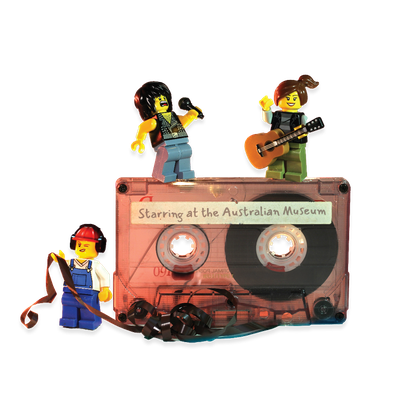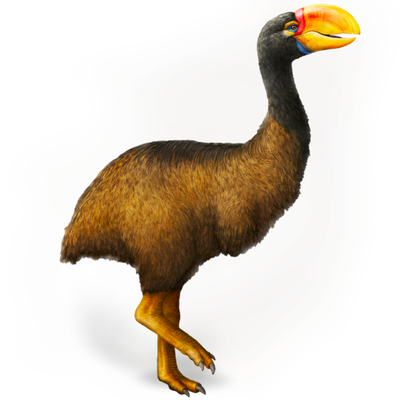Your search returned 124 results
By Page Type
By Tag
- All
- fish (966)
- blog (696)
- fishes of sydney harbour (401)
- First Nations (299)
- Blog (236)
- AMRI (169)
- archives (164)
- Eureka Prizes (146)
- Aboriginal and Torres Strait Islander (135)
- insect (126)
- Ichthyology (124)
- geoscience (109)
- minerals (102)
- climate change (100)
- podcast (94)
- Fish (91)
- Anthropology (89)
- International collections (80)
- Minerals Gallery (78)
- wildlife of sydney (78)
- Labridae (77)
- frog (74)
- gemstone (70)
- history (64)
- photography (64)
- Mollusca (60)
- gem (59)
- staff (59)
- Birds (56)
- Gems (56)
- Indonesia (56)
- education (56)
- shark (55)
- AMplify (54)
- people (53)
- earth sciences (50)
- past exhibitions (50)
- exhibition (49)
- Gobiidae (48)
- sustainability (46)
- Pomacentridae (45)
- Serranidae (44)
- lifelong learning (42)
- science (42)
- Earth and Environmental Science (41)
- Syngnathidae (41)
- Ancient Egypt (40)
- Bali (40)
- bird (40)
- dangerous australians (40)
-
Fish FAQ - Are sea slugs goby hosts?
https://australian.museum/learn/animals/fishes/are-sea-slugs-goby-hosts/John Weinberg sent this image to Dr Bill Rudman at the Sea Slug Forum. The image shows the nudibranch, Ceratosoma trilobatum. John's sharp eyes saw not only the commensal shrimp, Periclimenes imperator, on the nudibranch but also the fish to the right of the shrimp.
-
Do fishes Sleep?
https://australian.museum/learn/animals/fishes/do-fishes-sleep/This is a complex question. Deciding if a fish is asleep depends on many factors, one of which is the definition of sleep.
-
Do Fishes feel pain?
https://australian.museum/learn/animals/fishes/do-fishes-feel-pain/The question of whether fishes feel pain can elicit very emotional responses from people.
-
Why are they called triggerfishes?
https://australian.museum/learn/animals/fishes/why-are-they-called-triggerfishes/Triggerfishes (Balistidae) and leatherjackets (Monacanthidae) have a first dorsal fin spine that can be locked into an erect position.
-
Can Fishes Hear?
https://australian.museum/learn/animals/fishes/can-fishes-hear/Yes, fishes can hear, but hearing abilities vary among species.
-
Fish FAQ - What is a Leatherjacket Louse?
https://australian.museum/learn/animals/fishes/what-is-a-leatherjacket-louse/The images show a female Leatherjacket Louse, Ourozeuktes bopyroides,, that was removed from a Yellow-finned Leatherjacket.
-
How often can a Porcupinefish inflate?
https://australian.museum/learn/species-identification/ask-an-expert/porcupinefish-inflation/We are sometimes asked about the ability of porcupinefishes to inflate their bodies. Can they only inflate a limited number of times?
-
Why don't anemonefishes get stung?
https://australian.museum/learn/animals/fishes/why-dont-anemonefishes-get-stung/Over the years many theories have tried to explain why anemonefishes are not stung by their host anemones.
-
How fast are larval fishes?
https://australian.museum/learn/animals/fishes/how-fast-are-larval-fishes/Larval (baby) fishes are not always at the mercy of ocean currents, many are in fact very strong swimmers and can swim surprisingly fast.
-
What is the biggest fish?
https://australian.museum/learn/animals/fishes/what-is-the-biggest-fish/The Whale Shark, Rhincodon typus, is the largest of all fishes. Whale Sharks between 4 m to 12 m in length are most often seen, but the species can possibly reach a length of 18 m.
-
Discover more
2025 Australian Geographic Nature Photographer of the Year
Special exhibition
Free entry
Now open -
Discover more
Unfinished Business
Special exhibition
Free entry
Now open -
Find out more
Surviving Australia
Permanent exhibition
Free entry
Now open![]()
-
Find out more
Burra
Permanent kids learning space
Free entry
10am - 4.30pm![]()
-
Discover more
Minerals
Permanent exhibition
Free entry
Open daily![]()





